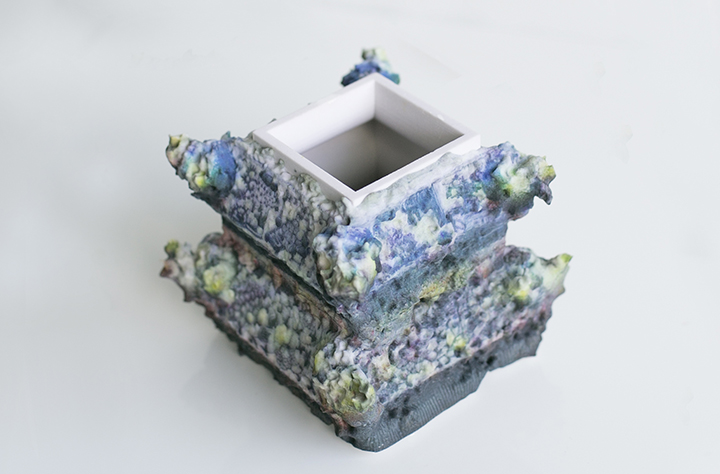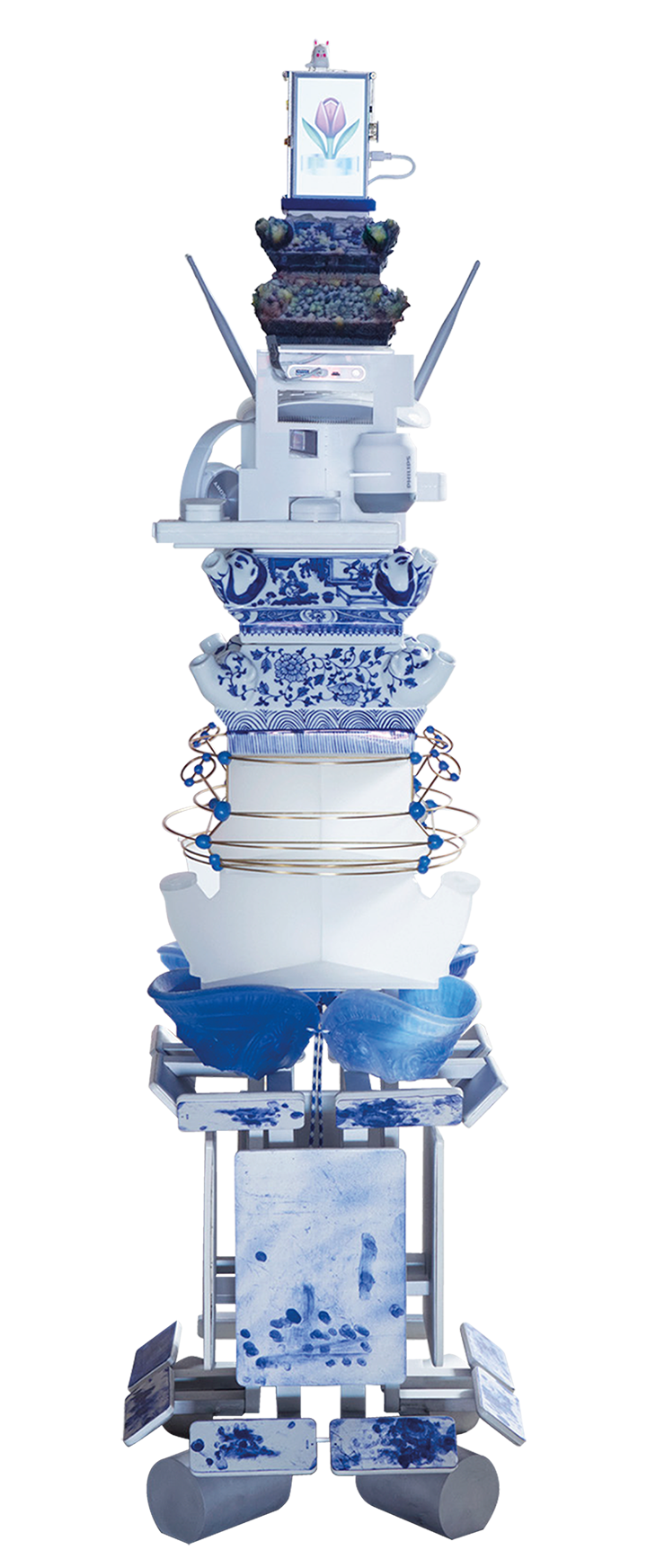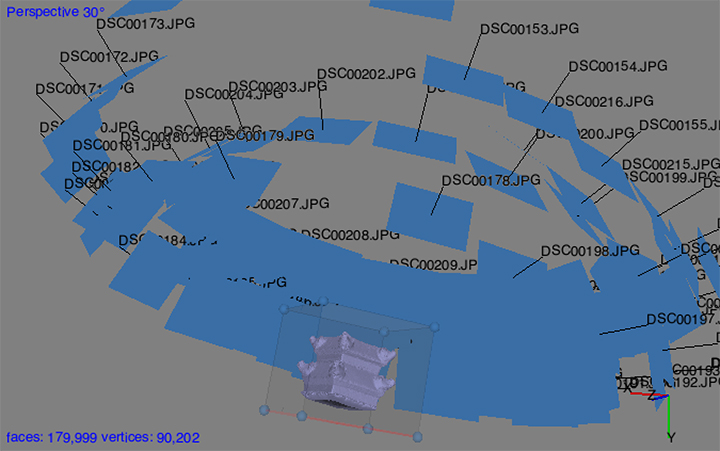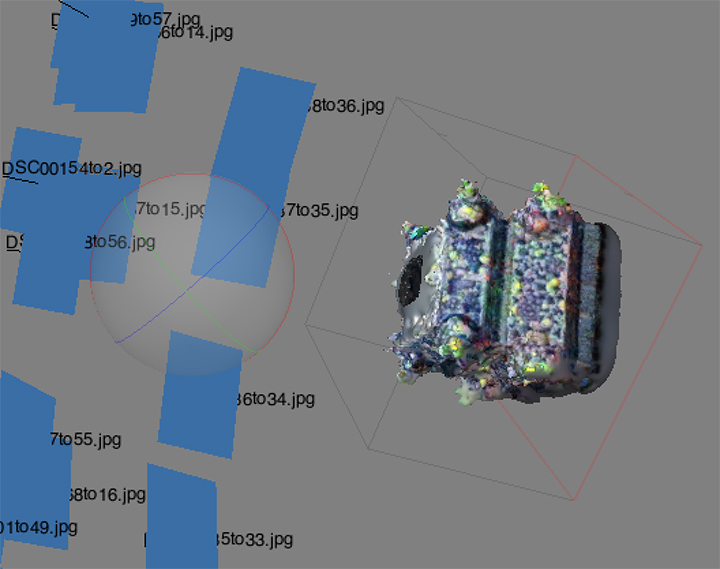
An Apophanous Overfitting
2016, 3d Printed object(full color)
Since early 17th Century, Dutch East India Company has accelerated the exchange between Netherland and east Asian Countries. Millions of pieces of Chinese porcelain had been imported, which influenced the development of Delftware and inspired new inventions like the flower Pyramid. It was inspired by the image of Porcelain Tower of Nanjing. This imitation without a shared context led to an interesting phenomena: the tower/pyramid - an architecture used as tombs for Buddhist relics in Chinese culture, is placed at the center of the Dutch living room.
By taking this misunderstanding as a new way of creation, this project imitates the imitation process of the Delftware with photos of the Flower Pyramid, which was imported into the neural network of Google DeepDream. I then use the output to construct a 3d model and produce it with full color 3d printing.
An Apophanous Overfitting is trying to explore the connection between ”indissoluble perceptual simultaneity" of unlinked sources with the perception of the machine instead of human being.
Special thanks to HE Jing and YANG Dawei
An Apophanous Overfitting is part of Tulip Pyramid - A project of copy and identity, which initiated by HE Jing, in collaboration with HE Rongkai, GUO Cheng, LI Weiyi, XING Dangdang and YANG Dawei.
Award: Gijs Bakker Awards 2016 / Cum Laude of The Contextual Design department, Design Academy Eindhoven
Nominated: The Best of DDW 2016
for more info: https://he-jing.com/TulipPyramid


Flower pyramid, De Metaale Pot, after Lambertus van Eenhoorn, c. 1692 - c.1700

